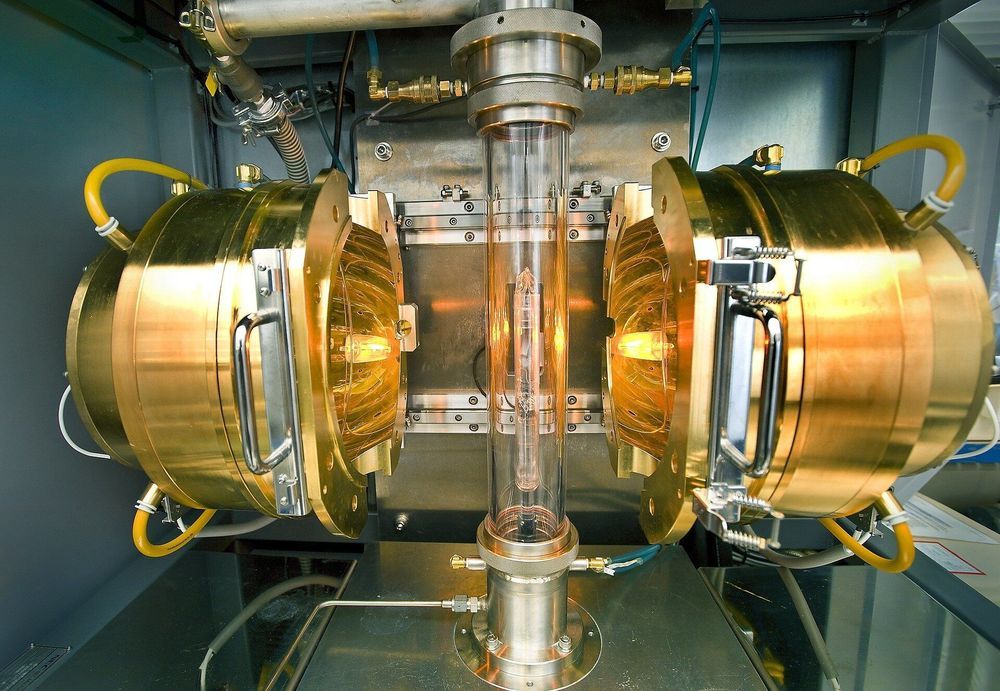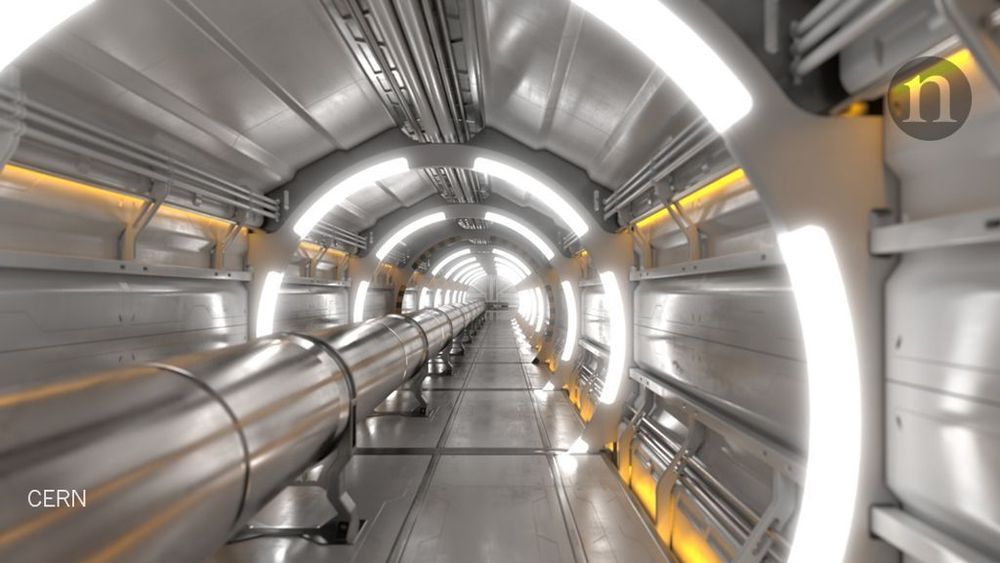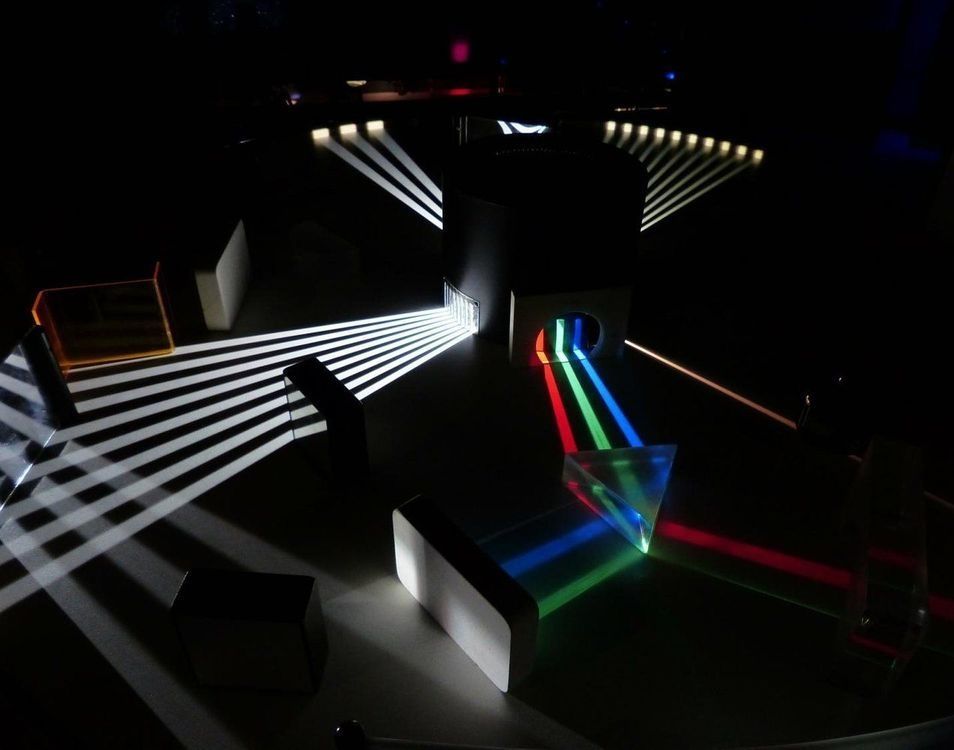The Big Bang didn’t just result in our familiar universe, according to a mind-bending new theory — it also generated a second “anti-universe” that extended backwards in time, like a mirror image of our own.
A new story in Physics World explores the new theory, which was proposed by a trio of Canadian physicists who say that it could explain the existence of dark matter.
The new theory, which is laid out in a recent paper in the journal Physical Review of Letters, aims to preserve a rule of physics called CPT symmetry. In the anti-universe before the Big Bang, it suggests, time ran backwards and the cosmos were made of antimatter instead of matter.









